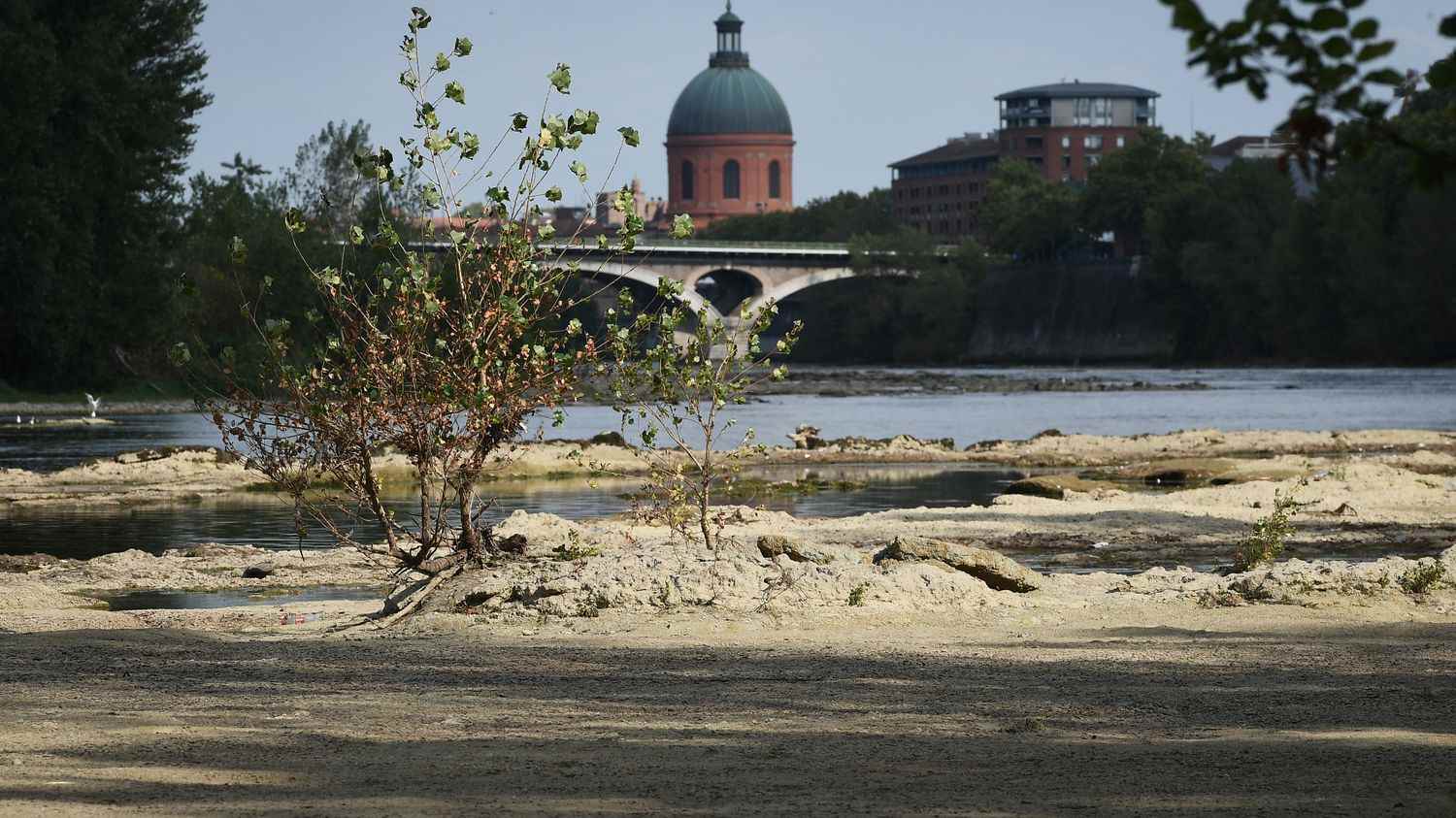The past eight years have been the warmest on record globally, all exceeding pre-industrial temperatures by more than a degree, according to the annual report of the European climate change program Copernicus (C3S) released on Tuesday.
Globally, the past year ranks fifth, only beaten by recent years, and was once again marked by a procession of extreme phenomena that illustrate the consequences of global warming.
Despite the cooling influence of the La Niña climate phenomenon, the year 2022 is “about 1.2°C” warmer than the period 1850-1900, before the industrial revolution had its effects on the climate, says the C3S.
In Europe, the continent where the observed warming is the fastest, 2022 ranks as the “second hottest year”, but the summer months constitute a new record for the whole continent, very largely beaten in Great Britain and worsened by an exceptional rainfall deficit in Spain, France or Portugal.
In these countries, as well as in Switzerland, Croatia or Bosnia-Herzegovina, the year 2022 as a whole even constitutes a new absolute heat record since the start of the measurement record.
“Large parts of the Middle East, Central Asia and China, New Zealand, North Africa and the Horn of Africa” also set a new annual record, the C3S records.
“Devastating consequences”
In addition to temperatures, the planet has suffered an avalanche of extreme events, the report recalls: historic floods in Pakistan after an exceptional spring heat wave, heat waves and mega forest fires in Western Europe, summer heat waves also in the center and eastern China, devastating floods in Nigeria, drought in the Horn of Africa, etc.
Due to La Niña, eastern Australia, on the other hand, experienced relatively colder than average temperatures and very heavy rains.
In Antarctica, “the extent of Antarctic sea ice has reached a record or near record low” after reaching in February 2022 “the minimum ever recorded in 44 years of satellite observations”.
“2022 has been another year of extreme weather events” which “shows that we are already experiencing the devastating consequences of our planet’s warming”, commented Samantha Burgess, deputy head of C3S.
These findings “clearly demonstrate that to avoid the worst consequences, society will need to both urgently reduce carbon emissions and rapidly adapt to a changing climate,” she added.
“Climate Chaos”
The report confirms the forecasts of the World Meteorological Organization (WMO), published in November and described then as a “chronicle of climate chaos” by the head of the UN António Guterres.
The average global temperature over the decade 2013-2022 is estimated to be 1.14°C above that of the pre-industrial era.
The Paris Agreement, concluded in 2015 under the aegis of the UN, aims to limit global warming to well below 2°C, if possible 1.5°C. While science has proven that every tenth of a degree multiplies extreme weather events, the more ambitious target of +1.5°C has become the goal to “keep alive”.
To achieve this, however, countries around the world must meet their greenhouse gas reduction targets.
However, in 2022, the concentrations of carbon dioxide (CO2) recorded in the atmosphere reached a new record of “417 parts per million (ppm)” with an annual increase “of about 2.1 ppm, a similar rate to that of recent years”, notes the European programme.
Methane concentrations, with a more intense but shorter warming power, are now at 1894 parts per billion (ppb). They increased “by almost 12 ppb, which is above average, but below the records of the last two years”, he further specifies.
